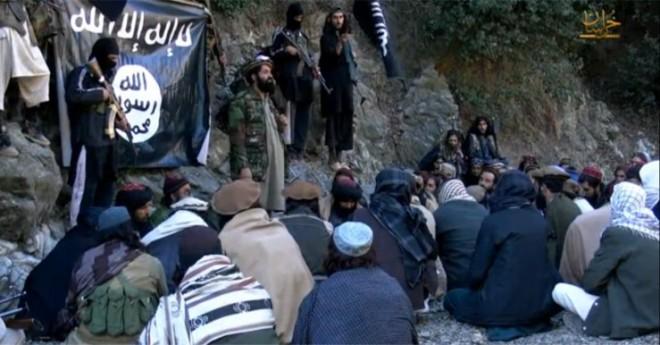
Signalling an increase in rivalry, the Islamic State (Isis) fighters in Afghanistan reportedly beheaded 10 Taliban militants on Wednesday, 3 June.
Local reports claim that the Isis fighters ambushed a convoy of Taliban militants in Nangarhar province and beheaded the captured men later.
The 201st Selab Corps of the Afghan National Army (ANA) confirmed to Khaama Press that the beheading took place on Wednesday.
According to New York Times, for the past several months, local Afghan fighters claiming allegiance to Isis leader Abu Bakr al Baghdadi have been attacking veteran Taliban units; and, in some places the Isis loyalists have even completely taken over Taliban-held territories.
The NYT report noted that Isis has deployed the same strategy it used in Syria to deminish the influence of Al Qaeda and other fighters. Isis in Afghanistan has been "aggressively" attacking the Taliban and has been able to make significant gains in the country.
A key Taliban commander, Maulvi Abbas, was recently taken hostage by Isis, who now demand that the Taliban fighters join forces with the Islamic State.
In January, reports claimed that several influential former Taliban leaders joined Isis. It was reported that Mullah Abdul Rauf, a former Taliban commander from Helmand province, is now running a recruitment cell for the radical group in Afghanistan.
The attack on Taliban militants in regions such as Nangarhar could prove to be a gamechanger for Isis. Nangarhar, which borders Pakistan, has always been a Taliban stronghold, but now with Isis gaining grounds, the former terror masters now have a new enemy to battle.
While the rise of Isis in Afghanistan could be a matter of concern to Taliban, security experts still perceive Islamic State as a lesser threat.
"Daesh (Arabic acronym for Isis) has been recruiting in Afghanistan since at least April 2014, without much success so far, considering how long they've been at it," Graeme Smith, a senior analyst for the International Crisis Group in Kabul, told NYT.
"We started tracking groups last fall, and they usually number in the dozens. Some number in the hundreds, but none in the thousands."

















